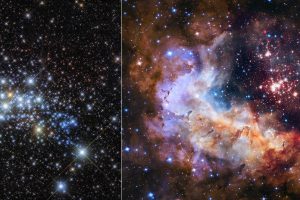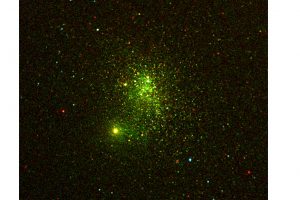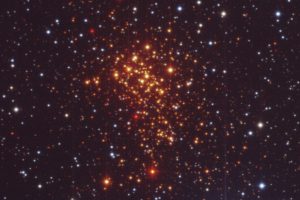Two cycles, two programs. The astronomers of the INAF – OAPA will study the star formation in extreme environments wth JWST

The formation of stars and planets results from the complex interplay of various factors and agents: the collapse of the cloud due to its own gravitational force, its internal turbulence and magnetic effects, the evolution of star clusters formed within, and the interactions among young stars within these clusters, as well as the influence of their radiation on the surrounding
» Read more

